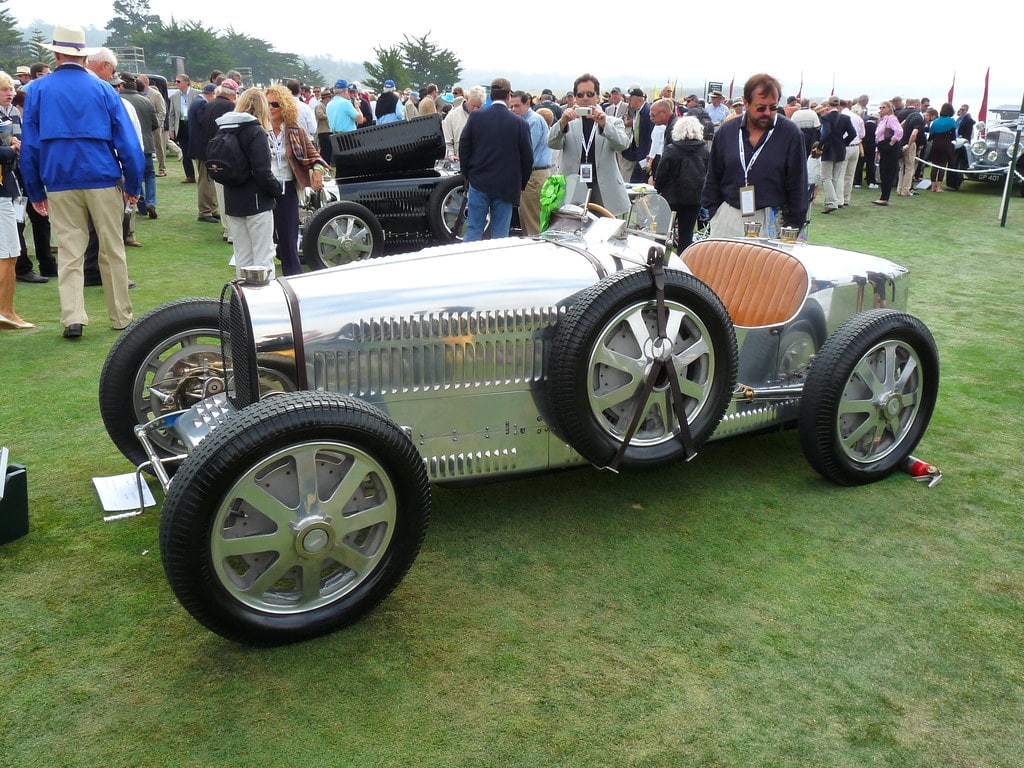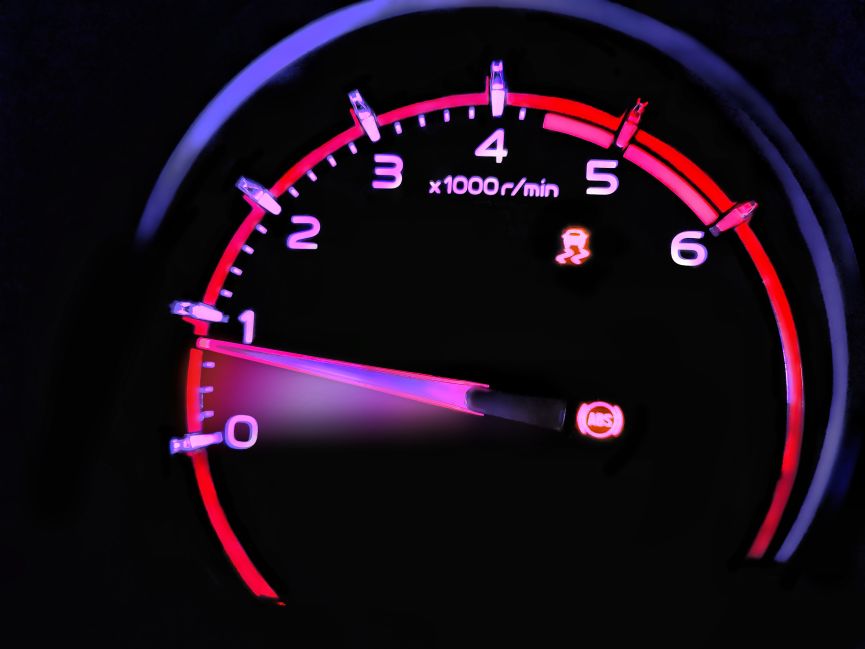A Valve cover gasket protects the gasket that impacts the ignition, air-fuel mixture, and engine performance. Fixing the valve cover gasket fixes the problem quickly. But what about the problems after valve cover gasket replacement?
Connect with a verified mechanic in minutes. No appointments. No high fees. No waiting. Get back on the road and enjoy the ride.
Losing engine power, engine idling, misfiring due to dirty O-ring, poor sealant, valve cover slipping, and oil sipping are the most faced problems after replacing the valve cover gasket. Sometimes using dummy parts and sealing tubes in the wrong directions also causes problems.
Fixing up the joints, lubricating the O-ring, and cleaning the valve cover gasket solve these problems most of the time.
These issues may seem impossible to fix but staying alert while solving them will save a fat sum. In addition, knowing the common problems after replacing the valve cover gasket helps to find a solution faster.
Common Problems After Valve Cover Gasket Replacement
Problems don’t stop even after replacing the valve cover gasket. You may face similar issues, or some new problems will appear. In most cases, similar problems occur frequently.
The list below will help you to identify the problems you may face after replacing the valve cover gasket.
Connect with a verified mechanic in minutes. No appointments. No high fees. No waiting. Get back on the road and enjoy the ride.
Rough Idle
Engine stalling is a very annoying issue. The prime reason for rough idling or stalling after valve cover replacement is spark plug misplacement. If there’s any oil in the spark plug, it’ll enhance the rough idling problem.
Power Loss
The scent of burning oil means your engine is losing power. You’ll face difficulties while speeding up.
Generally, if the mechanic forgets to connect the vacuum hose properly after the valve cover replacement, you’ll face power loss issues again.
Leaking
Oil leakages generally occur when the mechanic fails to align the gasket and seals accordingly. Loose half-moons make it more critical.
As a result, the valve cover slides to one side, creating the same problem repeatedly.
Misfiring
It depends on how clean your care’s O-ring is. For example, the engine will repeatedly misfire if the mechanic installs the same spark plug after installing a new valve cover gasket.
Remember, wiring harnesses are also a primary culprit for failing.
Poor Sealing
Mechanics sometimes do a poor job when it comes to using sealing in the joins. The valve cover leaks oil profusely when the sealant comes off. Using poor quality sealant comes off easily while driving.
Wrong Direction Tube Sealing
Not closing the tube’s inside affects the spark plug. Inadequate pressure while pushing the sealant through the line creates this issue. Consequently, it results in an absurd air-fuel mixture that leads to an engine fire. You can also see the problems for Ford Taurus.
Dummy Accessories
Using car components that aren’t compatible with your car can lead to problems even if you’ve replaced the valve cover.
Mediocre parts tend to rust and malfunction faster than original parts. In addition, these cheap parts are often responsible for oil leaks.
Gasket Cover Slipping
Too much RTV around the gasket creates a lot of pressure and compression on the cover. It then leads to the gasket cover slipping.
Gaskets are designed to be set in a place perfectly. But a poor valve cover placement damages the gasket.
Avoid These Mistakes While Replacing The Valve Cover Gasket
You’ll make some mistakes when replacing the valve cover gasket. These mistakes are responsible for future valve cover gasket problems. Avoiding these mistakes while installing a new valve cover gasket will save you money.
Avoid Oil Sipping
It’s a common mistake most mechanics and expert drivers make while replacing the valve cover gasket. Consequently, oil contaminates spark plugs and tubes, resulting in disastrous issues.
Zig-zag Part Positioning
Most amateurs forget different part positions when they try to DIY. The issue becomes more complex due to the misplacement of the additional valve cover and gasket parts.
Follow the manual to remember the position accurately and replace the valve cover.

Review engine, brake issues, error codes and more with a Mechanic Online in just minutes.
Ask a Mechanic Live NowPossible Fixes For After Valve Cover Gasket Replacement Problems
These fixes are similar to the first attempt at your valve cover gasket replacement. If you’re a newbie, there’s a chance of messing it up on your second attempt.
But don’t worry! We’ve figured out the solutions to these issues for you. Check out the possible fixes to solve your problems after replacing them with a new one.
Tightening The Joints
Tighten up the bolts properly to fix after valve cover gasket issues. Too much tightening can damage the cover, taking you back to square one. Also, don’t use rusty and corroded bolts as replacements.
Remember to use the correct size bolts to fill up the gap. Before you fix up the joints, buy bolts according to your car’s make and model.
Using Authentic Parts
As we’ve stated earlier, using fake parts damages the gasket and engine more than anything. Authentic parts may cost you, but they’ll provide quality service during their lifetime.
Try to buy high-quality valve cover gaskets for optimum engine performance. Using poor quality valve cover will cost you money and time.
Applying RTV Properly
RTV (Room Temperature Vulcanizing) ensures gasket security from outer debris and dust. Ask an expert mechanic to apply RTV properly around the gasket.
As you know, putting too much RTV can result in the opposite. Don’t forget to use quality RTV to avoid slipping.
Uniform Sealant
Applying sealant correctly is a hard job, even for experienced mechanics. Plus, there’s a chance of using low-quality seals. So while applying sealant, try to cover the whole gasket area and the joints attaching the bolts.
Conclusion
It’s common to face problems once you’ve replaced the valve cover gasket. However, the occurrence of these problems depends on how and who is fixing them. Unfortunately, a fresh pair of hands will find it hard to solve the aftermath of replacing the valve cover gasket.
Hopefully, the analysis of problems after valve cover gasket replacement has given you enough info regarding the issues you might face and solutions to those problems.
Now, it should be easy for you to detect the symptoms faster and resolve the gasket issues efficiently. Head on over to aspiringhandyman for more details or ask for an expert mechanic’s opinion if the case gets more complicated. All the best!
Max Anthony
Max is a gizmo-savvy guy, who has a tendency to get pulled into the nitty gritty details of technology and cars. He attended UT Austin, where he studied Information Science. He’s married and has three kids, one dog and a GMC truck and a Porsche 911. With a large family, he still finds time to share tips and tricks on cars, trucks and more.
Review engine, brake issues, error codes and more with a Mechanic Online in just minutes.
Ask a Mechanic Live Now




